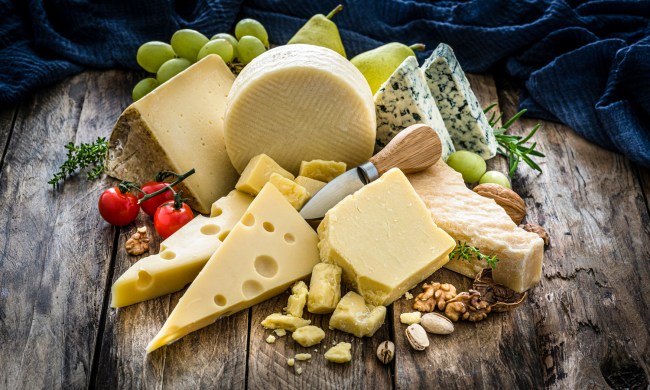Making your own wine, beer, or spirits labels is a fun and relatively straightforward way to personalize a few precious bottles. It continues to be my go-to option for a creative wedding gift – one that’s more likely to be enjoyed and cellared than placed in storage and forgotten about (here’s looking at you, gravy boat).

Legally, you can’t sell these custom labels, but you can pass them along as presents or keep them for your own enjoyment. Either way, they’re sure to impart some character and a great way to commemorate an occasion or even dress up a generic bottle of bottom shelf wine.
How to Create Your Own Labels
1. Soak
Unless you’re dealing with shiners (a bottle without a label), you’ll need to soak the preexisting labels off. Placing the bottles in a tub of water overnight generally gets the job done. If the labels are pesky and leave an adhesive trail, apply some Goo Gone and rub vigorously with a course towel or brush until all is removed. Dunk the bottle back in the water occasionally to rinse off the discarded label bits.
2. Design
Use basic graphic design software like Word or Pages to create a label. Go Photoshop if you’re feeling detail-oriented (and can do more than simply open the program). Be sure to take some measurements to find the right size as there’s a lot of variation in bottle size. I tend to work with old photos of the person I’m gifting to or eye-catching vintage maps of places that have some kind of relevance to me or the married-couple-to-be. A tremendous resource in this regard comes from the University of Texas; the school’s massive library of old-timey maps make for eye-catching labels.

In terms of what else to include, I tend to include at least the alcohol percentage of the bottled product and the vintage, variety, and general region, if it’s a wine. Your new name of the product can be anything from the initials of the recipient to some fishing hole you’re particularly fond of — plenty of room for creative license here.
3. Print
Print the labels on adhesive paper (you can get 100 full-size sheets for around $18). Note that you may have to adjust your printer settings to accommodate the thicker sheets. If you lack a printer, most print shops and office supply stores can do it for you on the cheap. Just send them a digital version or pack it along on a thumb drive.

4. Affix
Make sure your bottles are completely dry first. Then, pull the backing paper off of the sheets and affix them to the bottles. A few bubbles may arise beneath the labels but you should be able to manage these with a little pressure and a rub or two. My experience suggests the ink can fade a bit in the elements, especially excessive sunlight, so store them in a cool, dark spot when you can.
In retrospect, this should probably have been my side business, especially during the pre-Etsy era.


